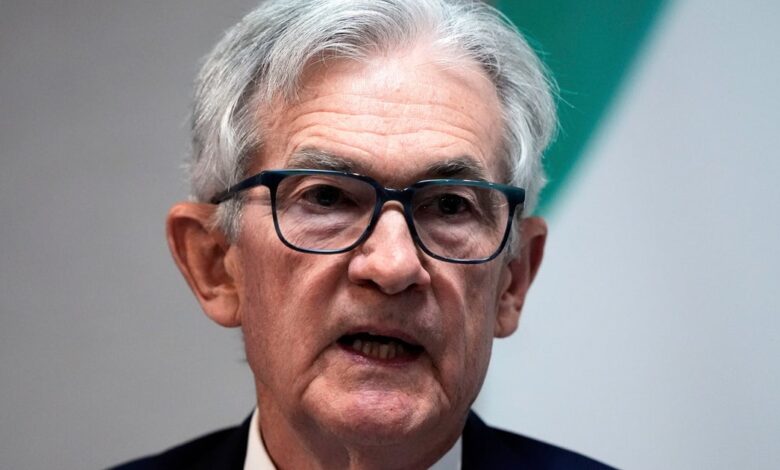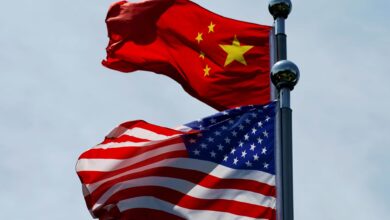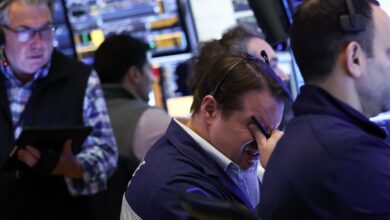Fed chair says Trump tariffs will likely raise inflation, slow economic growth

The recent implementation of extensive tariffs by the Trump administration is expected to have far-reaching effects on the economy, including higher inflation and slower growth. Federal Reserve Chair Jerome Powell addressed these concerns on Friday, emphasizing the need to mitigate the impact of price increases and maintain economic stability.
In response to President Trump’s announcement of sweeping tariffs, global markets experienced significant volatility, with stock prices plummeting both in the U.S. and abroad. China, one of the key trading partners, retaliated by imposing a 34% tariff on all U.S. imports starting April 10, intensifying trade tensions.
Powell acknowledged that the tariffs exceeded initial projections and are likely to result in a temporary inflation surge. He cautioned that the effects could potentially persist if not managed effectively. The Fed’s primary focus is to prevent a sustained inflationary trend while navigating the economic repercussions of the tariffs.
Anticipating a rise in inflation in the upcoming quarters, Powell hinted at maintaining the current benchmark interest rate at around 4.3%. This decision may disappoint investors expecting multiple rate cuts in response to the tariff-induced economic challenges.
President Trump, in a social media post on Truth Social, urged Powell to lower rates, citing the current circumstances as an opportune moment for such action. The president’s call for rate cuts reflects a divergent view from the Fed’s emphasis on inflation control.
Economists predict that the tariffs could weaken the economy, hinder job creation, and elevate prices. The Fed’s response may involve rate adjustments to either stimulate economic growth or curb inflationary pressures. Powell’s statements indicate a predominant focus on inflation management amidst the evolving economic landscape.
Despite the uncertainties surrounding the tariffs’ impact, Powell reassured that the economy remains stable, with positive indicators such as solid growth and a balanced labor market. The Fed aims to navigate the delicate balance between addressing economic challenges and maintaining price stability.
Challenging Economic Dynamics
The simultaneous occurrence of sluggish growth and rising prices presents a complex scenario for the Fed. Traditionally, rate adjustments are used to counteract economic trends, with rate cuts promoting growth and rate hikes curbing inflation. The current situation calls for a nuanced approach to address the dual challenges effectively.
As the Fed monitors the evolving economic landscape and assesses the implications of the new policies, a clearer understanding of the economic outlook will emerge. Recent reports of increased job creation in March provide a positive signal, though uncertainties linger regarding future economic performance amidst tariff-related uncertainties.
“Balancing accelerating inflation with a potentially slowing economy poses a significant challenge for the Fed,” noted Kathy Bostjancic, chief economist at Nationwide. The central bank faces a delicate balancing act in navigating the complex economic dynamics influenced by the tariffs.





